Making FOUNTAINS out of glazed pots; keeping them clean
arbo_retum
17 years ago
Featured Answer
Sort by:Oldest
Comments (14)
ltd123
17 years agoLinLee
17 years agoRelated Professionals
Salisbury Landscape Architects & Landscape Designers · Towson Landscape Architects & Landscape Designers · Alexandria Landscape Contractors · Allentown Landscape Contractors · Surprise Landscape Contractors · Cerritos Landscape Contractors · Chesapeake Ranch Estates Landscape Contractors · College Park Landscape Contractors · Danvers Landscape Contractors · Lexington Landscape Contractors · Lynwood Landscape Contractors · Roswell Landscape Contractors · Bolingbrook Siding & Exteriors · San Diego Siding & Exteriors · South Glastonbury Siding & Exteriorsarbo_retum
17 years agoLinLee
17 years agoLinLee
17 years agoannzgw
17 years agogw:brand-eye
17 years agoarbo_retum
17 years agokkay_md
17 years agoarbo_retum
17 years agoDebZone8
17 years agorae1_gardener
13 years agoarbo_retum
13 years ago
Related Stories
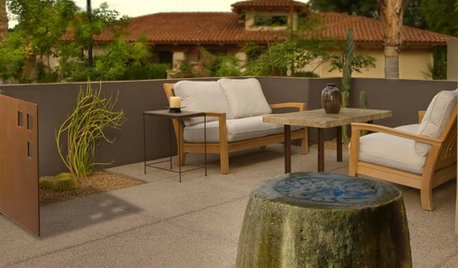
GREAT HOME PROJECTSMake Your Own Tranquil Garden Fountain
With this DIY water feature in your yard, serenity is just a few steps away
Full Story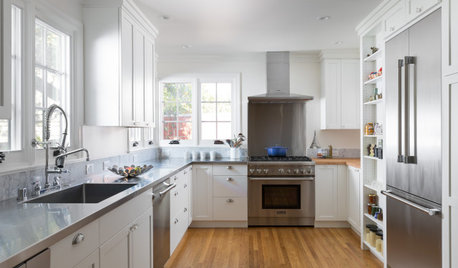
HOUSEKEEPINGHow to Clean Stainless Steel
Protect this popular kitchen material with a consistent but gentle cleaning routine
Full Story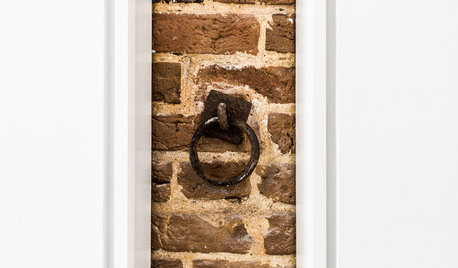
LIFEYou Said It: ‘Rather Than Remove Them, They Framed Them’
Design advice, inspiration and observations that struck a chord this week
Full Story
FEEL-GOOD HOMEWhat Really Makes Us Happy at Home? Find Out From a New Houzz Survey
Great design has a powerful impact on our happiness in our homes. So do good cooking smells, family conversations and, yes, big-screen TVs
Full Story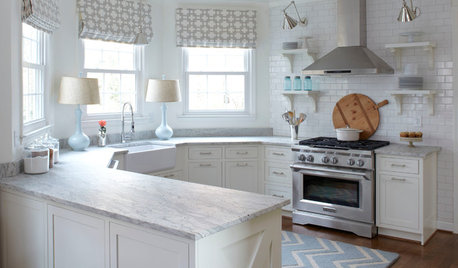
KITCHEN DESIGNHow to Keep Your White Kitchen White
Sure, white kitchens are beautiful — when they’re sparkling clean. Here’s how to keep them that way
Full Story
LIGHTINGYour Guide to Common Light Fixtures and How to Use Them
Get to know pot lights, track lights, pendants and more to help you create an organized, layered lighting plan
Full Story
PAINTINGWhat to Know About Milk Paint and Chalk Paint — and How to Use Them
Learn the pros, cons, cost and more for these two easy-to-use paints that are great for giving furniture a vintage look
Full Story
HOUSEKEEPINGWhat's That Sound? 9 Home Noises and How to Fix Them
Bumps and thumps might be driving you crazy, but they also might mean big trouble. We give you the lowdown and which pro to call for help
Full Story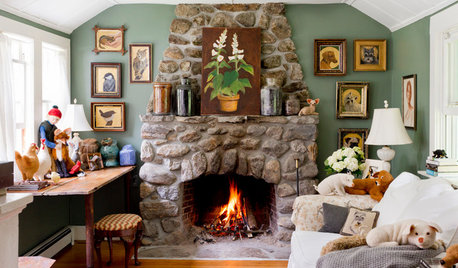
HOUSEKEEPINGBefore You Roast Those Chestnuts, Make Sure You've Got a Clean Chimney
Here's how to ensure your chimney is safe for holiday gatherings by the fire
Full Story
DECORATING GUIDES4 Hip Hues for 2013 and How to Use Them at Home
Strike a bluesy chord that's decidedly upbeat or make things greener on your side of the fence, with fresh paint colors for the new year
Full Story





gw:brand-eye